If you believe the Hawaii Department of Transportation (HDOT), Kona Airport will reopen at the first light of day on Tuesday after its shutdown today at 4:20 to assess cracks on runway 17/35. That gives them time to work with contractors to mill and resurface a 10′ x 10′ area. While we hope that’s true, HDOT has not always been reliable with its estimates on runway repairs. Consider the Honolulu runway project that dragged on for nearly 18 months and caused innumerable flight delays.
Currently, inbound flights to Kona are mostly being diverted to Honolulu. Hilo may be needed if the delays drag on or resurface.
As many of you know, Hilo had recent issues of its own, with a closure for a runway repair and a shutdown of its malfunctioning TSA screening equipment, which resulted in endless lines. Both are resolved. But Big Island visitors may be in for more headaches as most rental cars are at Kona, not Hilo, and the major resort areas are nearby. The Hilo Airport is located 90 minutes to 2 hours from Kona, depending on the route.
The major issues related to cracking of runway 17/35 at Kona aren’t fully known at this time. HDOT announced they are evaluating the runway situation to determine how much of it can still be used.
How did this suddenly become so serious?
It’s been known that the Kona Airport runway was scheduled to be resurfaced this year. But to our knowledge, there’s been no information available to the public from the Hawaii Department of Transportation that detailed such a serious problem that could require a sudden and complete halt in airport operations. If HDOT was aware of this problem, it isn’t clear why it wasn’t addressed or discussed. Not handled promptly, runway cracks can quickly worsen, leading to more extensive damage to the runway surface and underlying materials.
Was the problem revealed during regular inspections?
Airports are required to conduct routine runway inspections to promptly identify and address issues. A proactive runway maintenance program is essential to safety and reliable operations. When cracks are found, their development should be monitored even more frequently. Coordination with aviation authorities and airlines themselves is also essential. Were airlines operating at Kona aware of the severity of the problem?
Hawaii Flights Vexed Until 2024 By Massive Airport Problems.
A full runway replacement is scheduled for later this year, with no details.
When the runway replacement occurs, which we still presume will occur later, will the airport be able to operate through that process, or could it need to be closed again? We don’t know yet what that replacement process will look like.
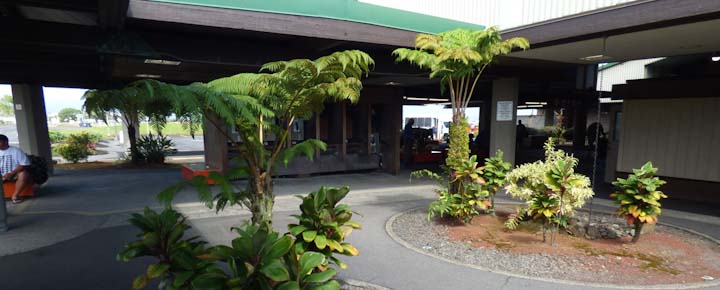

Coud Hilo airport handle all the volume of interisland, mainland and international flights that normally land at Kona?
Usually, about one hundred commercial flights operate into and out of Kona. Hilo, once the primary airport on the island, has become a secondary airport, and many functions are not up to the demand that being the sole airport on the Big Island could create. Hilo Airport typically sees a total of about 40 flights daily. That’s a big difference.
The amount of infrastructure required to move airport operations to Hilo is vast if that becomes needed. It includes flights, car rentals, restaurants, and more.
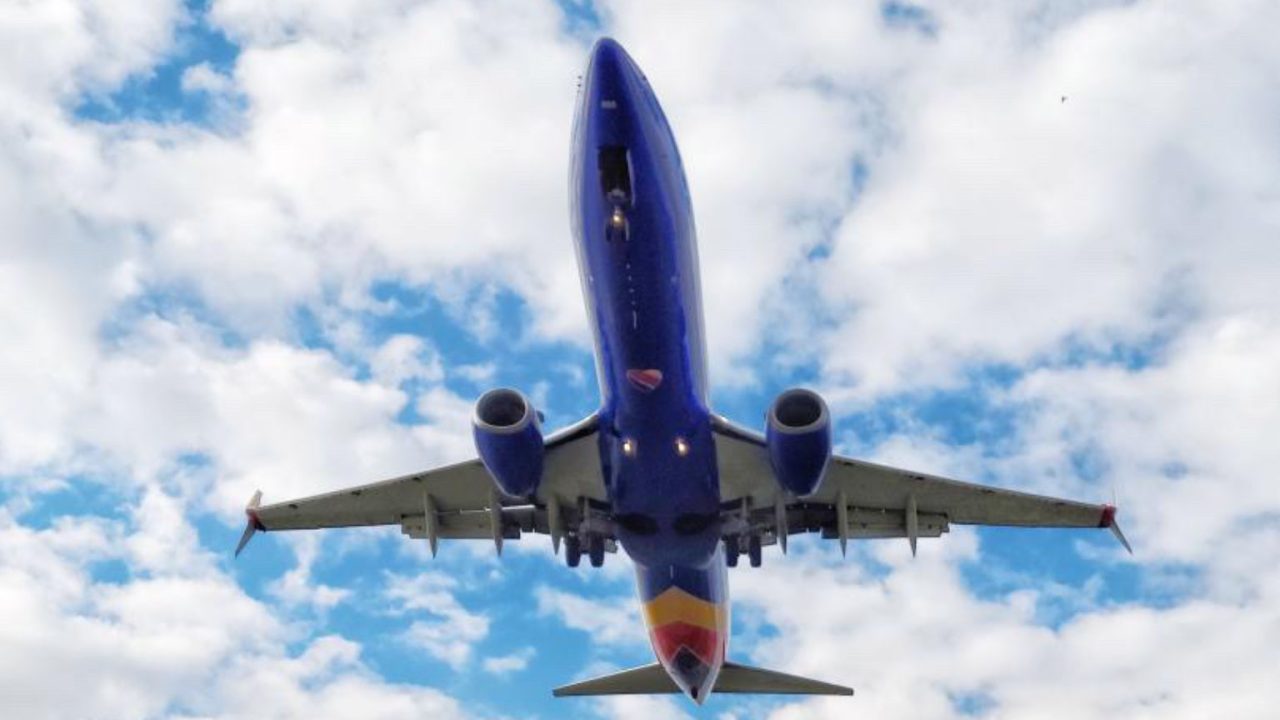

Hawaii flight safety concerns arise.
Airport runway cracks can pose safety risks for aircraft during takeoff and landing. In the worst case, these can lead to uneven surfaces with potential accidents or aircraft damage.
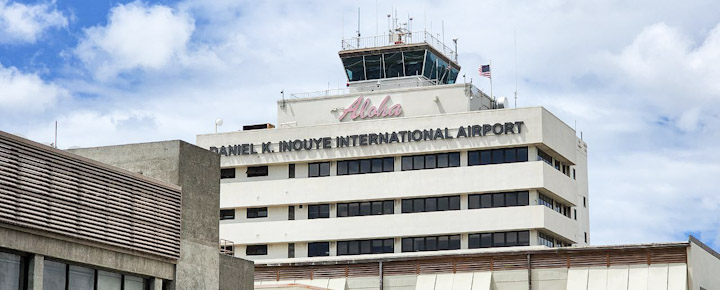

Pressure on Hawaii Department of Transportation following HNL Airport runway failure.
In November, without notice, HDOT said it would divert all aircraft to other runways arriving and departing at Honolulu Airport. That was the result of spalling discovered on Runway 8L. Those runway issues have now gone on for nearly 1.5 years. At HNL, James Tokioka, head of Hawaii DBEDT, told Beat of Hawaii that the spalling resulted from inclement weather during the runway construction period starting fall 2022 and that the period for repair was not known but would not be short.
That last HNL runway issue resulted from spalling on the concrete airport runway, meaning breaking off of concrete surfaces into fragments. Spalling, like cracking on airport runways is very concerning since it can lead to foreign object debris endangering aircraft.
If you plan to arrive or depart Kona in the next few days, or maybe even for the rest of the year (given the full runway replacement upcoming), check with your airline first. And if you get caught in the closure fiasco, share your story in the comment section.
Photo of American Airlines plane at Kona Airport.
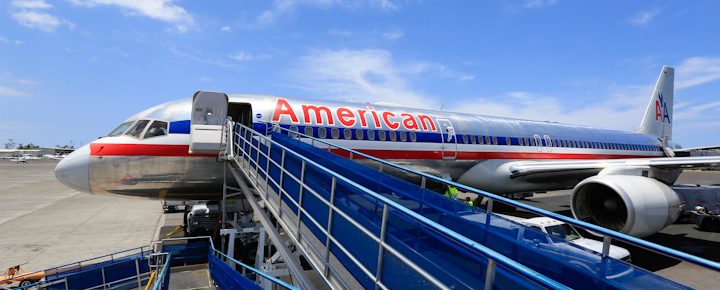
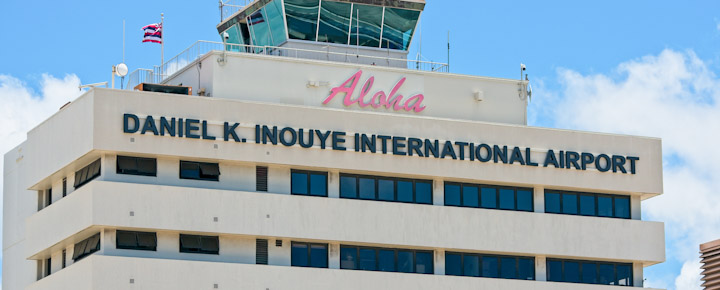

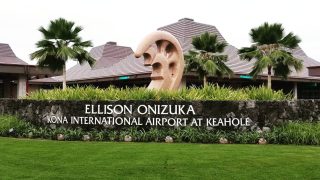

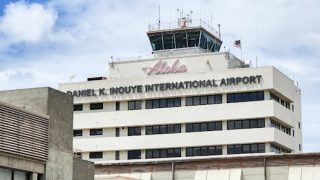
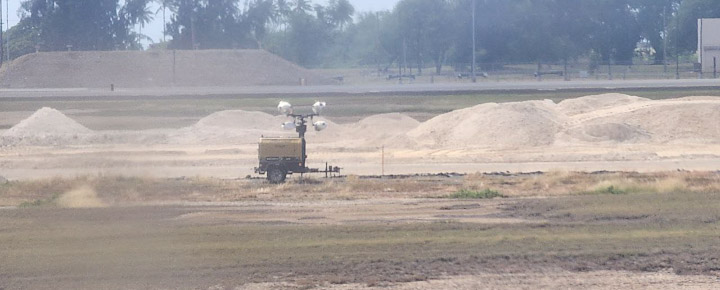
thank god i came in 2 hours before this and had a great time in kona Hawaii.
These were “maintenance issues” not “weather” or “acts of God” cost me $912.47 for additional flight to Oahu, transport to Hilo, and extra night hotel stay. The airport/gov’t refuses to take responsibility, and believes that we aren’t intelligent enough to realize their explanation is complete bs. This will be an incredibly simple court case to argue, especially given history of runway issues with cracking and the fact that the runway is scheduled to be replaced. These types of “storms” happen every year per the government’s own admission in interviews. Your runway should be able to handle a bit of rain. This is an absurd classification, and I will fight it. Hotels should’ve been covered without question.
They should have paid for everything.
Hi, I completely agree with you. Did you move forward with a small claims suit? How is it going? I’m considering doing the same. Thanks!
My wife and I visit Napili, Maui every year so the airport issues are of interest to us. We live in an upper Midwest state with substantial snow and cold weather. The runways at our airport are plowed to clear snow down to the pavement many times per winter. I’ve never heard of these runways needing emergency repairs, cracking, etc. It makes me wonder who is doing the paving work in Hawai’i.
Wish List: hopefully, this situation will prompt construction of a ‘cross-wind’ runway prior to repairs. Of all the islands, only Kona is lacking this safety feature (yes, even Moloka’i has one).